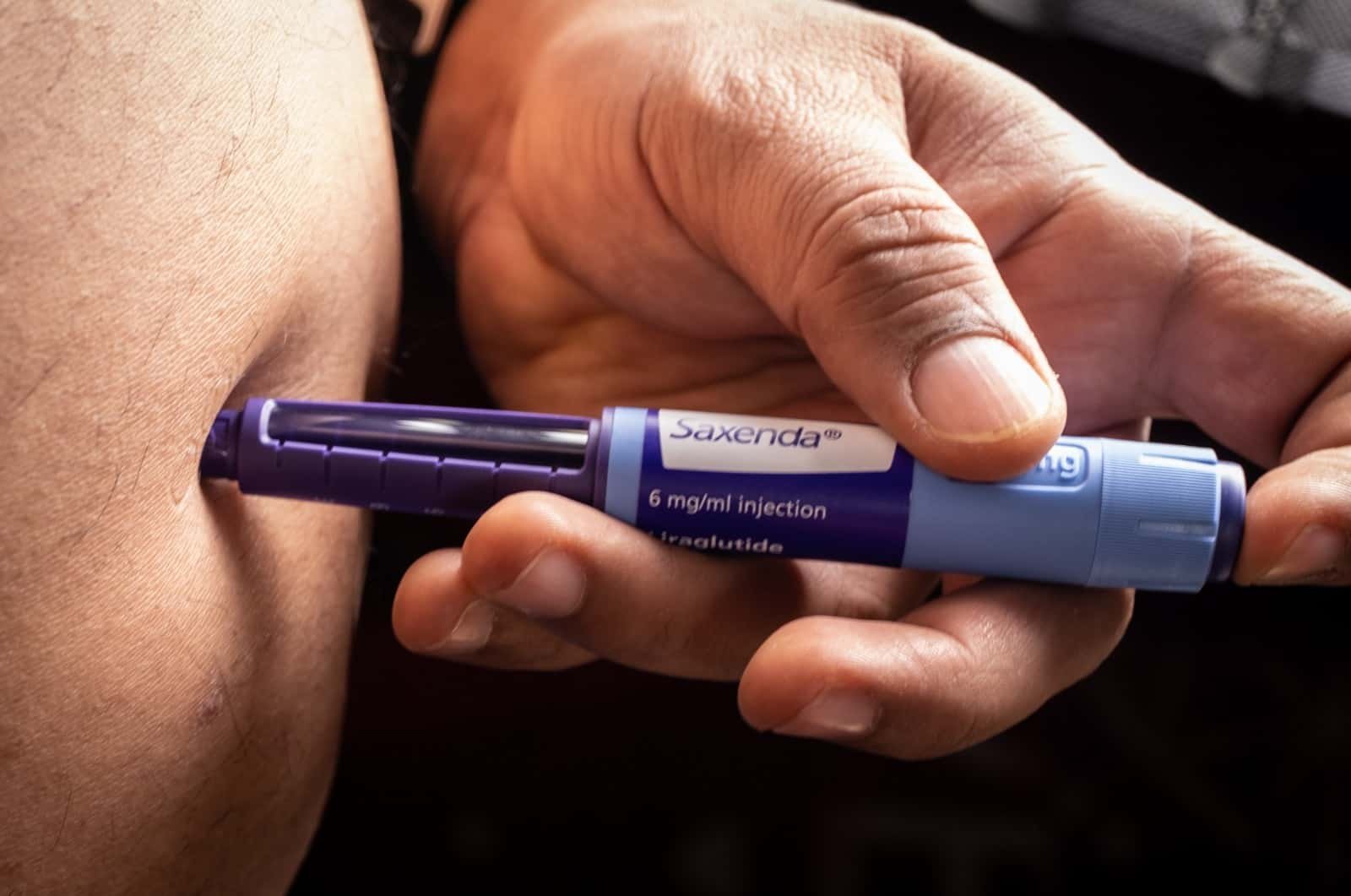Thyroid cancer is a type of cancer that originates in the thyroid gland, a small butterfly-shaped organ located at the base of the neck. While thyroid cancer is relatively rare compared to other forms of cancer, it has seen a rise in diagnosis rates over the past few decades. Thanks to advances in early detection, diagnostic tools, and treatment methods, the prognosis for individuals diagnosed with thyroid cancer is generally favorable. In this comprehensive overview, we will explore the treatment options for thyroid cancer, highlighting the approaches tailored to the specific types of thyroid cancer, available therapies, and the factors that influence treatment decisions.
Types of Thyroid Cancer
Thyroid cancer is classified into several types, and treatment plans vary depending on the type, stage, and individual patient characteristics. The most common types of thyroid cancer include:
- Papillary Thyroid Cancer (PTC): The most common form, papillary thyroid cancer, accounts for about 80% of all thyroid cancer cases. It typically grows slowly and is often diagnosed at an early stage.
- Follicular Thyroid Cancer (FTC): The second most common type, follicular thyroid cancer is more likely to spread to distant organs, including the lungs and bones, compared to papillary thyroid cancer.
- Medullary Thyroid Cancer (MTC): Medullary thyroid cancer arises from C cells in the thyroid and is less common than PTC and FTC. It can be sporadic or hereditary, and treatment often involves surgery combined with radiation.
- Anaplastic Thyroid Cancer (ATC): The least common and most aggressive form of thyroid cancer, anaplastic thyroid cancer, often presents as a rapidly growing mass. Its prognosis is poor due to its aggressive nature.
Diagnostic Tools
Before discussing treatment, it’s important to highlight the diagnostic tools that guide doctors in selecting the most appropriate therapy. Common diagnostic methods include:
- Ultrasound: A non-invasive imaging technique to evaluate the size and characteristics of thyroid nodules.
- Fine Needle Aspiration (FNA) Biopsy: A minimally invasive procedure that removes a small sample of tissue from the thyroid to assess the presence of cancer cells.
- CT and MRI Scans: These imaging techniques are used to assess the spread of cancer to surrounding structures or distant organs.
- Radioactive Iodine (RAI) Scans: Used after surgery to check for any remaining thyroid tissue or cancer cells.
Treatment Options for Thyroid Cancer
The treatment for thyroid cancer is multi-faceted, often requiring a combination of surgery, radiation therapy, hormone therapy, and in some cases, chemotherapy or targeted therapies. The choice of treatment depends on the type, stage, and specific circumstances of the patient’s case.
1. Surgery
Surgical treatment is the cornerstone for most cases of thyroid cancer, especially when the tumor is confined to the thyroid gland. The type of surgery depends on the type and extent of the cancer:
- Total Thyroidectomy: This is the removal of the entire thyroid gland and is commonly performed for papillary and follicular thyroid cancers.
- Lobectomy: In cases where the cancer is limited to one side of the thyroid, a partial thyroidectomy or lobectomy may be performed, removing only the affected portion.
- Neck Dissection: In cases where the cancer has spread to nearby lymph nodes, a neck dissection, which involves the removal of affected lymph nodes, may be necessary.
Surgery is typically followed by further treatment to ensure that any remaining cancer cells are eliminated.
2. Radioactive Iodine Therapy (RAI)
Radioactive iodine therapy is often used after surgery to destroy any remaining thyroid tissue or cancer cells. The thyroid naturally absorbs iodine, and radioactive iodine can be used to target and destroy thyroid cells, including cancer cells, throughout the body. This treatment is commonly used for patients with papillary and follicular thyroid cancer, particularly if the cancer has spread to other areas or is at high risk of recurrence.
RAI therapy may be combined with a low-iodine diet to enhance the uptake of radioactive iodine by thyroid cells, which can improve the treatment’s effectiveness.
3. Thyroid Hormone Therapy
After thyroidectomy, patients will require lifelong thyroid hormone replacement therapy, typically with synthetic thyroid hormones like levothyroxine. These hormones replace the function of the thyroid gland, which is essential for regulating metabolism, energy levels, and overall bodily functions.
In addition to replacing thyroid hormones, levothyroxine is sometimes used to suppress the production of thyroid-stimulating hormone (TSH) from the pituitary gland. Elevated TSH levels can stimulate the growth of any remaining cancer cells, so lowering TSH through hormone replacement therapy is often part of the treatment strategy.
4. External Beam Radiation Therapy
External beam radiation therapy may be recommended for certain patients with medullary or anaplastic thyroid cancers. This form of radiation therapy uses high-energy beams targeted at the tumor site to kill cancer cells or shrink tumors. It may be used when the tumor cannot be completely removed through surgery or when it has spread to other parts of the neck or body.
5. Chemotherapy and Targeted Therapy
Chemotherapy is not commonly used for thyroid cancer, as it is less effective than other treatment modalities. However, chemotherapy may be considered for anaplastic thyroid cancer, which is more aggressive and less responsive to other treatments.
Targeted therapy, which focuses on specific molecules that contribute to cancer cell growth, is an emerging area of treatment. Medications like tyrosine kinase inhibitors (TKIs) are being investigated for their ability to block the pathways that promote cancer cell growth, particularly in advanced or metastatic thyroid cancers.
6. Clinical Trials
For patients with advanced or recurrent thyroid cancer, participation in clinical trials may offer access to new and experimental treatments. These trials test the safety and efficacy of emerging therapies, providing potential new options for patients who have exhausted traditional treatment routes.
Prognosis and Follow-Up
The prognosis for thyroid cancer is generally favorable, with high survival rates, especially for those diagnosed with papillary and follicular thyroid cancers. Medullary and anaplastic thyroid cancers are associated with a more guarded prognosis due to their tendency to be more aggressive and less responsive to treatment.
Regular follow-up visits are crucial for detecting any recurrence of cancer. These visits typically involve blood tests (such as measuring thyroglobulin levels in patients who have undergone thyroidectomy), ultrasound scans, and sometimes RAI scans to monitor for any remaining cancerous cells.
Conclusion
Thyroid cancer treatment has advanced significantly in recent years, offering patients a variety of effective options depending on the type and stage of their cancer. Early diagnosis, a personalized approach to treatment, and ongoing research continue to improve outcomes for individuals with thyroid cancer. Whether through surgery, radioactive iodine therapy, hormone therapy, or newer treatment modalities like targeted therapy, patients can benefit from a multidisciplinary approach to care that provides the best possible chance for long-term survival and quality of life.
for more(click here)








Leave a Reply